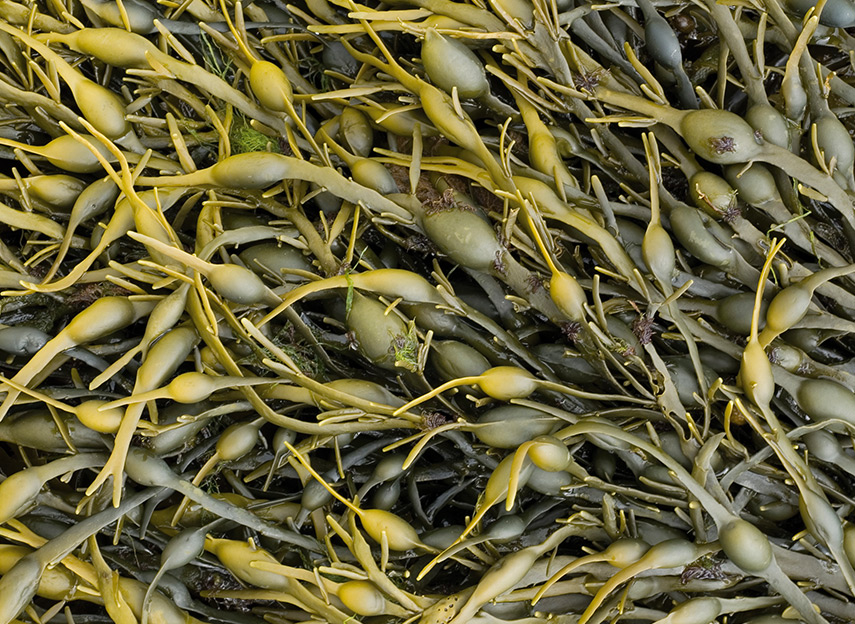Date : 29/03/2020 12:00:00 AM
Author : Vetnex Pet Care
Although A. nodosum is widely used in companion animal products for its efficacy in improving oral hygiene, its influence on foodstuff palatability is unclear. Isidori et al (2018) investigated the effect of A. nodosum on extruded dog food palatability using the split-plate test. The study found there was a reduced food intake in dogs (P<0.001) when their diet contains 1% A. nodosum, suggesting that A. nodosum has an inhibiting and dose-dependent effect on the dogs dry matter intake. Data also indicate that negative effects exerted by A. nodosum on palatability are primarily related to gustatory factors rather than to olfactory stimuli. Isidori’s study suggests palatability is an issue when adding A. nodosum into dog foods. Vetnex has developed a variety of A. nodosum dental products to improve the palatability of this seaweed including flavoured powders (salmon, kangaroo) and tasty chews (salmon, beef liver).

Effects of Edible Treats Containing Ascophyllum nodosum on the Oral Health of Dogs
A recent placebo-controlled, double-blind, randomized study was conducted to determine the effect of 90-day administration of edible treats containing Ascophyllum nodosum on plaque and dental calculus accumulation on the teeth of dogs, as well as on other parameters characterising canine oral health status, including: plaque index (PI), calculus index (CI), oral health index (OHI), gingival bleeding index (GBI), and volatile sulfur compound (VSC) concentration. 60 dogs were randomly receiving daily edible treats containing A. nodosum or placebo. Comprehensive oral health assessment and clinical assessments were performed.
The study found oral administration of the product containing A. nodosum efficiently decreased plaque and calculus accumulation in the investigated dogs. Dogs treated with A. nodosum also exhibited significantly lower concentrations of VSC and better oral health status than those in the placebo-control group.
Anti-influenza viral effects of honey in vitro: potent high activity of manuka honey.
Influenza viruses are a serious threat to human health and cause thousands of deaths annually. Thus, there is an urgent requirement for the development of novel anti-influenza virus drugs. Therefore, the aim of this study was to evaluate the anti-influenza viral activity of honey from various sources. Antiviral activities of honey samples were evaluated using MDCK cells. To elucidate the possible mechanism of action of honey, plaque inhibition assays were used. Synergistic effects of honey with known anti-influenza virus drugs such as zanamivir or oseltamivir were tested. Manuka honey efficiently inhibited influenza virus replication (IC50 = 3.6 ± 1.2 mg/mL; CC50 = 82.3 ± 2.2 mg/mL; selective index = 22.9), which is related to its virucidal effects. In the presence of 3.13 mg/mL manuka honey, the IC50 of zanamivir or oseltamivir was reduced to nearly 1/1000th of their single use. The study results showed that honey, in general, and particularly manuka honey, has potent inhibitory activity against the influenza virus, demonstrating a potential medicinal value.